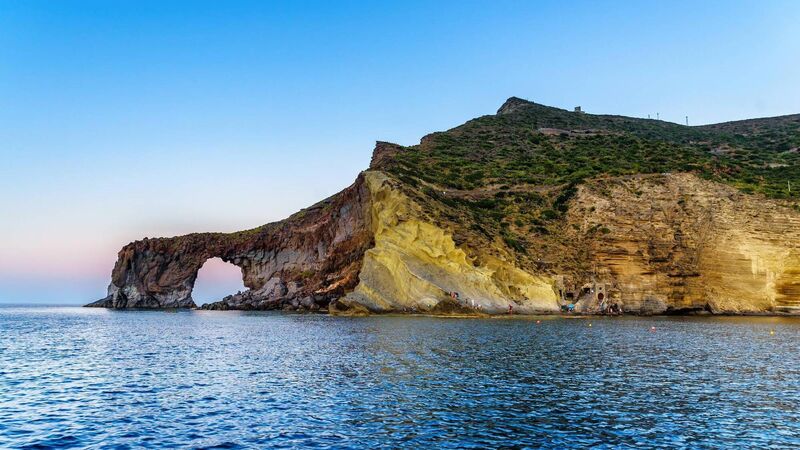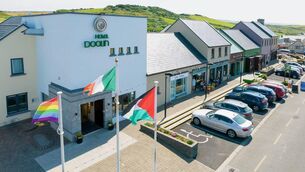Aeolian Islands: island-hopping off the coast of Sicily

Pollara and Punta Perciato, Salina, Aeolian Islands, Sicily.
It’s nine o’clock on Saturday night and Corso Vittorio Emanuele is full of families out for their evening stroll or passeggiata as it’s known locally.
The sounds are of laughter, a violinist playing some Vivaldi and waves washing up on a nearby beach. The warm air is scented with wild orchids and we’re just about to tuck into the paccheri with swordfish, mint and pistachio at Di Vino in Vino, a restaurant which like everywhere in Lipari takes its eating and drinking very seriously.










